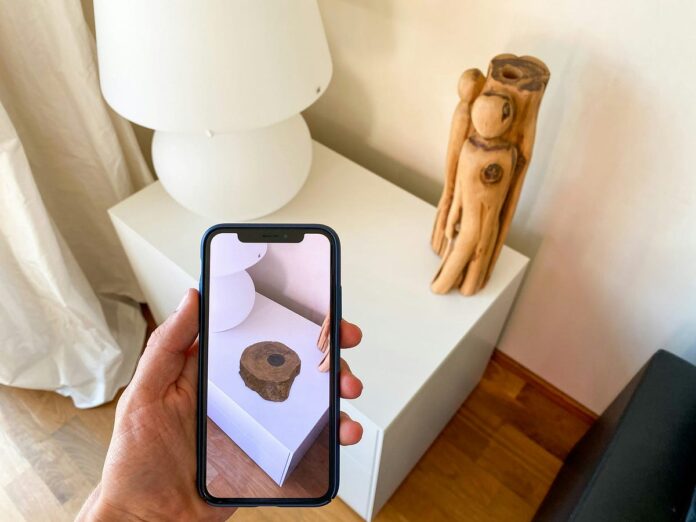Looking at this quick historical timeline, you can probably make the following observations:
- The word “marker” can indeed be confusing because it can refer to fiducial markers OR image markers, I guess the right question to ask whenever anyone says “this is a marker-tracking AR experience” is: what kind of marker is it?
- Image tracking was technically around at a similar time as fiducial marker tracking, granted it wasn’t as robust as marker-based AR for a while due to technical limitations, but that gap quickly narrowed down with most smart devices now capable of handling the computing power required for accurate image-based tracking. This is not to say that natural feature tracking magically works on any image, there are still some requirements for what makes a good image marker that developers need to take into account (see advice by ARToolKit, Google’s ARCore and Vuforia for more information on training image markers).
Here is my personal and philosophical take on why there is some lingering confusion around different marker tracking types — as a developer, I have always used the AR.js library to implement marker-based AR tracking experiences over the web. AR.js allows tracking of physical markers with known patterns like the popular “Hiro” and “Kanji” markers below which worked perfectly for what I needed (fun fact: the Hiro marker is named after Hirokazu Kato — that’s pure coolness). Even though the library now also supports image and location based AR experiences, for a long time “marker tracking” almost always referred to fiducial like markers. Because fiducial marker tracking was the first AR marker type to gain traction due it’s robustness and suitability for the smart devices we had back then, we became programmed in a way to think of a marker to be binary in colour, square, high in contrast and with some kind of pattern.
The short and sweet answer to this question is: QR Codes and AR markers use different technologies that serve different purposes. Here are some of the key differences in a nutshell:
- QR codes mainly provide quick direct access to digital information like website URLs or phone numbers. AR markers on the other hand use more advanced computer vision techniques to enable triggering and integration of 3D immersive experiences into physical environments.
- QR codes are fairly standardised in terms of visual design and pattern structure to ensure accurate scanning. AR fiducial markers can be similar to the overall look and feel of QR codes (but again, different technologies that serve different purposes), AR image markers however, can seamlessly blend into the real environment (for example — scanning a painting of the Mona Lisa in a museum (the trained AR image marker in this case) which triggers an animation of the painting where the Mona Lisa waves and smiles at you.
- QR codes are approved as an international standard by the International Organization for Standardization (ISO) and those standards specify the criteria necessary for the creation of reliable and robust QR codes. Marker and image tracking on the other hand is not yet standardised (more on this in part 3 of this series), and largely depends on community efforts coming from developers and researchers in academia and industry to provide robust tracking methods, APIs and libraries to further advance this particular segment of XR.
That’s not to say that you can’t use QR codes as markers in immersive experiences, it’s technically possible but they generally wouldn’t be as robust as fiducial markers which are specifically designed for AR applications. That’s also not to say that QR codes don’t have a role in WebXR experiences, they actually play a key role in providing very quick access to an immersive experience. In a marker based WebXR experience, QR codes are essentially the hyperloop train that takes the user from the flat web to a webpage that hosts an immersive experience, and the AR marker is then the trigger to launch and view/use/interact with that AR experience.
And that’s that for the “quick” historical timeline of marker and image tracking in XR and WebXR! I hope this was useful in untangling some of the confusion around marker and/or image tracking, where it all came from and how different they can be from QR code scanning.
In the next part of this series, I will be going over some practical applications and success stories in using marker and image tracking, and share some of the perceived advantages and disadvantages of using these technologies from a developer and user points of view. Stay tuned!
Muadh out — Until next time! 🤜🤛


